In the vast world of SEO, understanding how search engines index and crawl your site is crucial. It’s the foundation that determines whether your content reaches its audience or gets lost in the digital abyss.
We’re diving into the essentials of indexing and crawl budget optimization today. It’s a game-changer for boosting your site’s visibility and ensuring search engines can efficiently access your content.
Let’s unlock the secrets to mastering these critical SEO components, setting the stage for your website’s success in the highly competitive online landscape.
Table of Contents
Key Takeaways
- Indexing is essential for search engine visibility; ensuring your site is crawlable and eliminating duplicate content can increase your chances of being indexed.
- Crawl budget refers to the number of pages a search engine will crawl on your site within a certain timeframe, with factors like site speed, popularity, and error rates affecting this budget.
- Optimizing your crawl budget is crucial for SEO success, allowing important content to be discovered and indexed swiftly, enhancing user experience, and potentially improving SEO rankings.
- Effective crawl budget optimization strategies include enhancing site speed, maintaining an updated sitemap, avoiding duplicate content, using robots.txt and canonical tags appropriately, and fixing broken links.
- Regularly monitoring your site using tools like Google Search Console can provide insights into crawl rates and help identify issues affecting your crawl budget, ensuring ongoing optimization.
What is Indexing?
Indexing, in the context of search engines, is a critical process we must understand. It involves the collection, parsing, and storing of webpages so they can be quickly retrieved by the search engine. Search engines like Google use sophisticated algorithms to decide which pages to index. Our goal is to ensure our website’s content is among those chosen.
For our content to reach its potential audience, it needs to be visible to search engines. This visibility is achieved through the indexing process. Web crawlers, also known as spiders, play a crucial role here. They navigate the web, following links from one page to another. As they do so, they collect data about each page.
Importance cannot be overstated: if our page is not indexed, it’s as if it doesn’t exist in the eyes of the search engine. Therefore, making our site easy to crawl increases the likelihood of being indexed. This involves having a clear, navigable site structure and eliminating any crawl errors that might deter spiders.
We also need to be mindful of duplicate content. Search engines often filter out duplicate content to improve user experience. Ensuring our content is unique and valuable is crucial for effective indexing. Mastering the art of indexing is not just about understanding how it works. It’s about crafting our site and its content to be as accessible as possible to these digital librarians of the internet age.
By focusing on these strategies, we prime our content for success in the digital landscape.
How Do Search Engines Crawl Websites?
When we discuss how search engines crawl websites, we’re talking about the process they use to discover and analyze web pages. Search engines use automated programs, known as spiders or bots, to carry out this task. These bots start from a list of web addresses from past crawls and sitemaps provided by website owners.
As these bots visit a page, they use links on the page to find other pages. It’s like they’re following breadcrumbs across the web. This action is what we refer to as crawling.
It’s important to note that not all content is accessible to these crawlers. They can be blocked from crawling specific pages through instructions in a file called robots.txt. Pages can also be made invisible to crawlers using noindex tags. This is crucial for content we don’t want to appear in search results.
For a page to be crawled effectively, its links need to be discoverable. This means they should be well-organized and visible to the bots. A clear, hierarchical site structure aids in this significantly.
Additionally, the speed at which a site responds to requests impacts crawlers. A slow-loading website can hinder a bot’s ability to crawl efficiently. This brings us to the concept of crawl budget, which we’ll delve into next. Crawl budget is the number of pages a search engine allocates to crawling your site within a given timeframe.
Optimizing for crawl efficiency ensures that the most important content is crawled and indexed swiftly. This is fundamental for any SEO strategy aiming to boost a website’s visibility and ranking.
Understanding Crawl Budget
When diving deeper into SEO, we encounter the term “crawl budget”. This concept is pivotal for optimizing a website’s visibility and performance. Crawl budget refers to the number of pages a search engine bot crawls and indexes on a website within a given timeframe.
Search engines have a finite amount of resources. Thus, they allocate a specific budget for crawling each site. The size of the crawl budget can significantly impact how quickly and efficiently our site’s content is discovered and indexed.
Factors influencing crawl budget include site speed, popularity, and the number of errors a crawler encounters. A fast, error-free site with high user engagement typically enjoys a larger crawl budget. Conversely, sites plagued with errors or that load slowly may see their crawl budget reduced.
We can optimize our crawl budget by improving site speed, fixing broken links, and ensuring that important content is easily accessible. By doing so, we make it easier for search engines to crawl and index our content.
Another strategy is to prioritize what pages should be crawled first. We can use the robots.txt file and meta tags to guide search engine bots. This way, we ensure that the most critical aspects of our site are crawled preferentially.
Monitoring and optimizing for crawl budget is a continuous process. It involves regularly auditing our site to identify and fix issues that could be eating into our crawl budget. Tools like Google’s Search Console can provide invaluable insights into how effectively our site is being crawled.
By understanding and optimizing our crawl budget, we’re not just facilitating better indexing. We’re enhancing our site’s potential to rank well in search engine results, driving more traffic, and achieving our SEO goals.
Why Crawl Budget Optimization is Important
Crawl budget optimization is crucial for ensuring your website’s visibility in search engine results. It directly impacts how often and how thoroughly search engines index our site. If our site isn’t indexed well, it’s like it doesn’t exist to potential visitors. We understand that search engines have a limited amount of resources they allocate for crawling websites.
This means that if our site is slow, has a lot of duplicate content, or contains many errors, it’s less likely to be crawled extensively. By optimizing our crawl budget, we make sure that the most important parts of our site are discovered and indexed by search engines. This includes new products, articles, or significant updates that need to reach our audience swiftly.
Moreover, a well-optimized crawl budget enhances user experience by ensuring that only the most relevant and up-to-date content is presented.
Effective crawl budget optimization also leads to improved SEO rankings. Search engines favor websites that are easy to crawl and index. This is because such websites typically offer better information architecture, clearer content, and a more user-friendly interface.
Lastly, by keeping a close eye on our crawl budget, we can identify and fix technical issues that hinder search engines from indexing our site effectively. Issues like broken links, redirects, and server errors can significantly eat into our crawl budget if not addressed promptly.
Optimizing our site for search engines is a dynamic process. It requires constant monitoring and adjustments to keep pace with the ever-evolving algorithms of search engines. Our dedication to optimizing our crawl budget isn’t just about impressing search engines. It’s about ensuring that our content reaches our audience when they need it the most.
Tips for Optimizing Your Crawl Budget
Optimizing your site’s crawl budget is critical for search engine visibility. We’ve compiled some proven tips to help you enhance crawl efficiency.
Firstly, ensure your website’s speed is top-notch. A fast-loading site encourages search engines to crawl more pages.
Regularly update your sitemap. It guides crawlers to your site’s most important pages, making their job simpler and more focused.
Avoid duplicate content. It can waste crawl budget on unnecessary pages. Use the canonical tag to point search engines to preferred versions of content.
Block unimportant pages with robots.txt. This tells crawlers not to waste time on pages that don’t contribute to your site’s SEO.
Fix broken links. They’re not just bad for user experience; they also lead crawlers to dead ends, wasting part of your crawl budget.
Make sure your site is mobile-friendly. Google’s mobile-first indexing means the mobile version of your site is what gets indexed first.
Prioritize high-quality content. Useful, engaging content attracts more links and visitors, which can increase your site’s popularity and its crawl budget.
Use internal linking wisely. It helps crawlers discover new content and understand the structure and hierarchy of your site.
Monitor server errors and correct them promptly. Frequent errors can signal to crawlers that your site is unreliable, reducing their visits.
Leverage tools like Google Search Console to monitor crawl rates and address any issues impacting your site’s crawl budget.
By following these tips, we can help search engines crawl and index our site more effectively, making sure our audience finds us exactly when they need us.
Conclusion
We’ve explored the intricate dance between search engines and websites, emphasizing how crucial it is for our content to be both visible and valuable. By understanding and optimizing our site’s crawl budget, we’re not just tidying up for the digital landscape; we’re ensuring our content stands out in the crowded online world. Let’s put our insights into action, prioritizing site speed, streamlining navigation, and focusing on high-quality content. Together, we can create websites that aren’t just discovered but remembered. Remember, the journey toward optimal indexing and crawl budget management is ongoing, but with these strategies in hand, we’re well-equipped to navigate it successfully. Let’s make our digital footprint count, ensuring our audience finds us exactly when they need us.
Frequently Asked Questions
What is indexing in SEO?
Indexing in SEO involves search engines collecting, parsing, and storing webpages so they can be quickly retrieved. This process ensures that your content is visible and accessible to your target audience through search engine queries.
How do web crawlers work?
Web crawlers, also known as spiders or bots, navigate the web to collect data about each page. They discover web pages via links and gather essential information to be indexed by search engines.
Why is making your site easy to crawl important?
Making your site easy to crawl is crucial as it helps search engines efficiently understand and index your content. Having a clear structure, eliminating crawl errors, and avoiding duplicate content are key factors in enhancing crawlability.
What factors influence crawl budget?
Crawl budget is influenced by site speed, popularity, and the number of errors. These factors determine the number of pages a search engine bot will crawl and index on your website within a given timeframe.
How can optimizing crawl budget improve SEO?
Optimizing crawl budget ensures that search engines discover and index important parts of your site swiftly. This can lead to improved rankings, a better user experience, and higher visibility in search engine results.
What strategies can optimize crawl budget?
Strategies for optimizing crawl budget include improving site speed, fixing broken links, blocking unimportant pages with robots.txt, ensuring mobile-friendliness, prioritizing high-quality content, using internal linking wisely, and monitoring server errors.











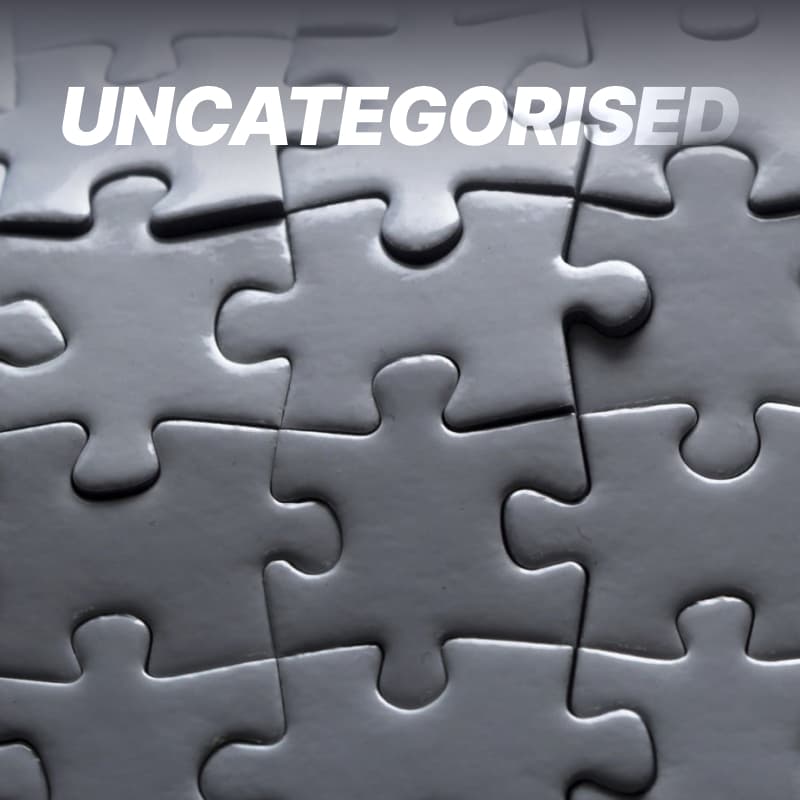

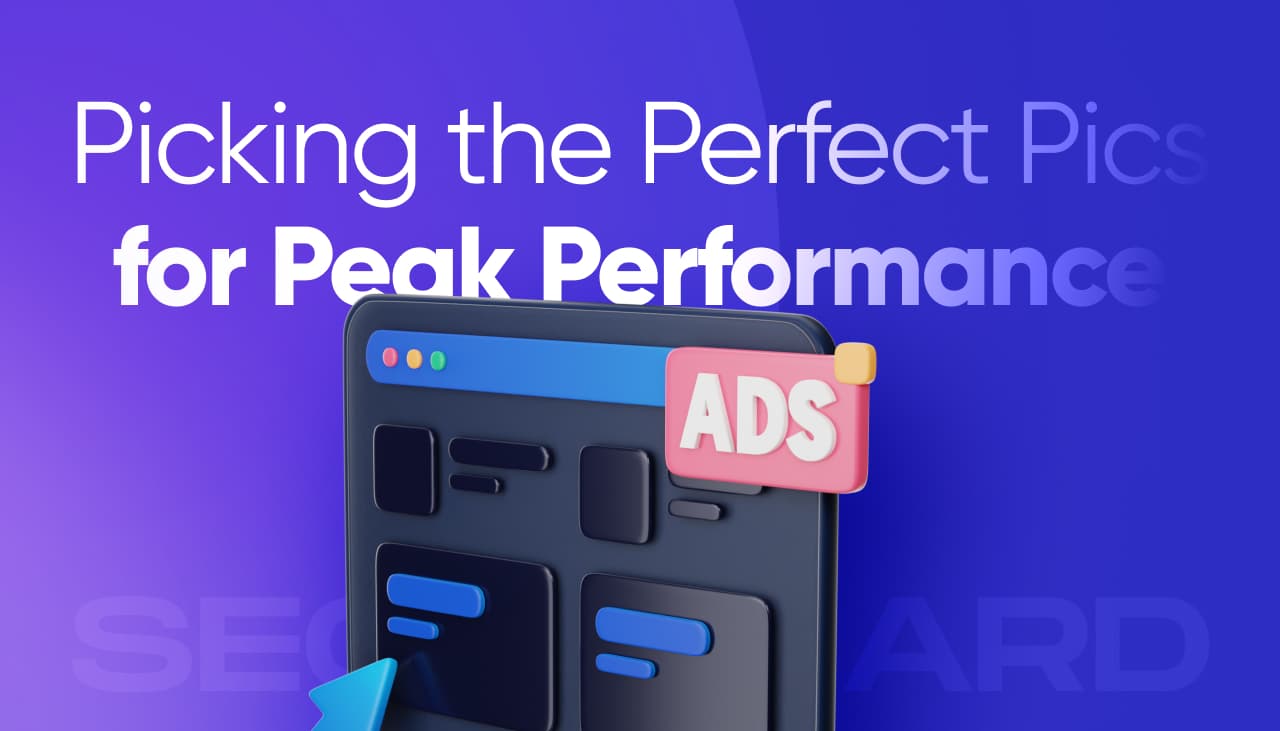

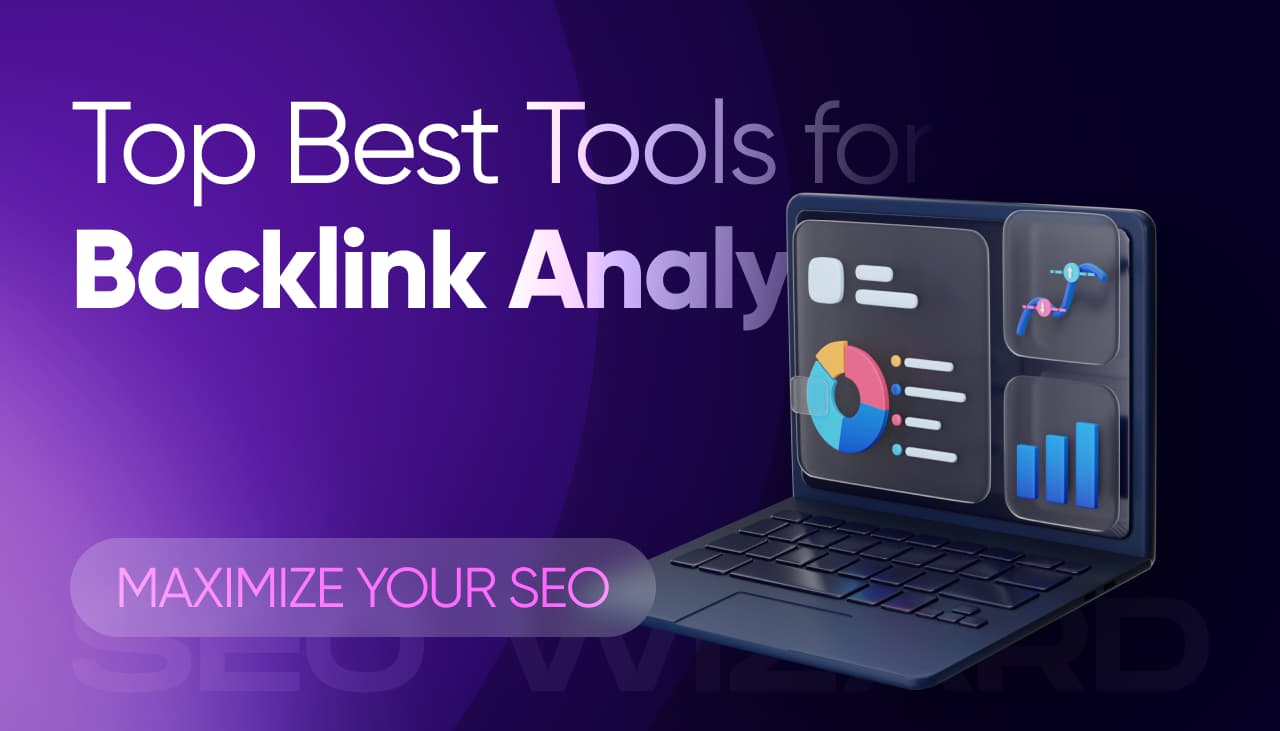
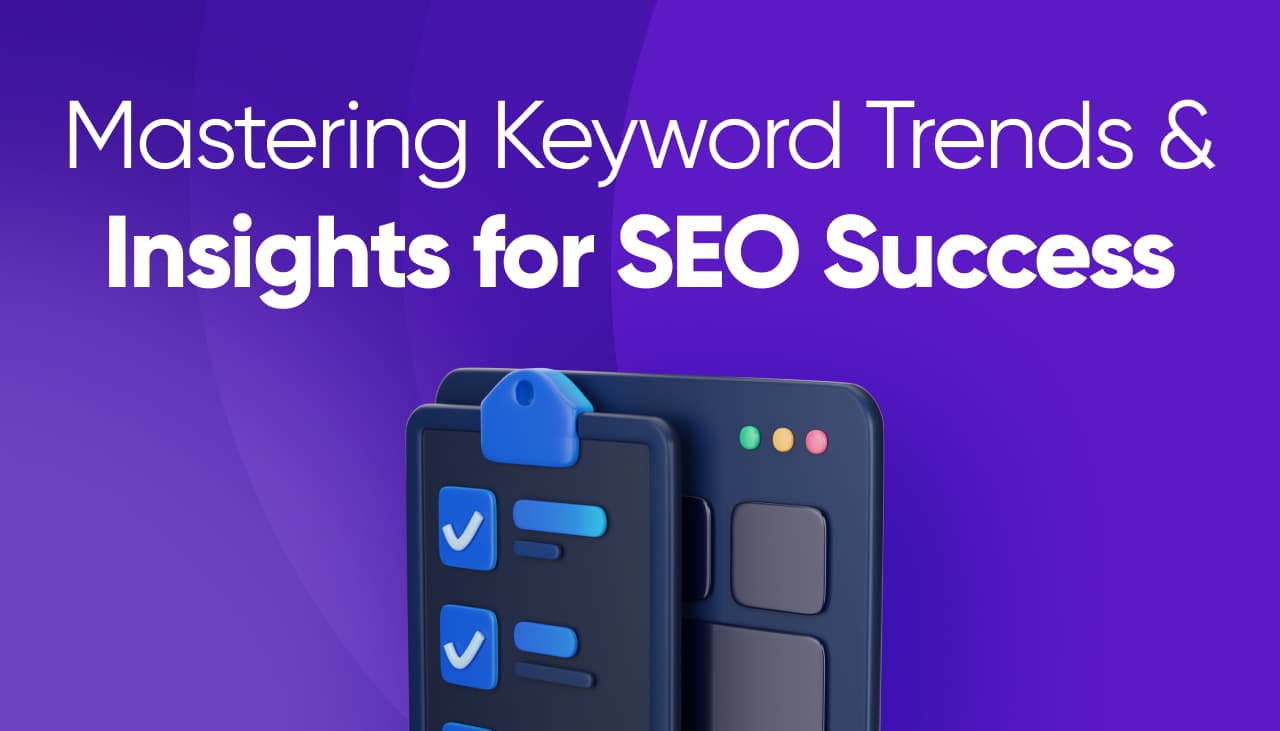
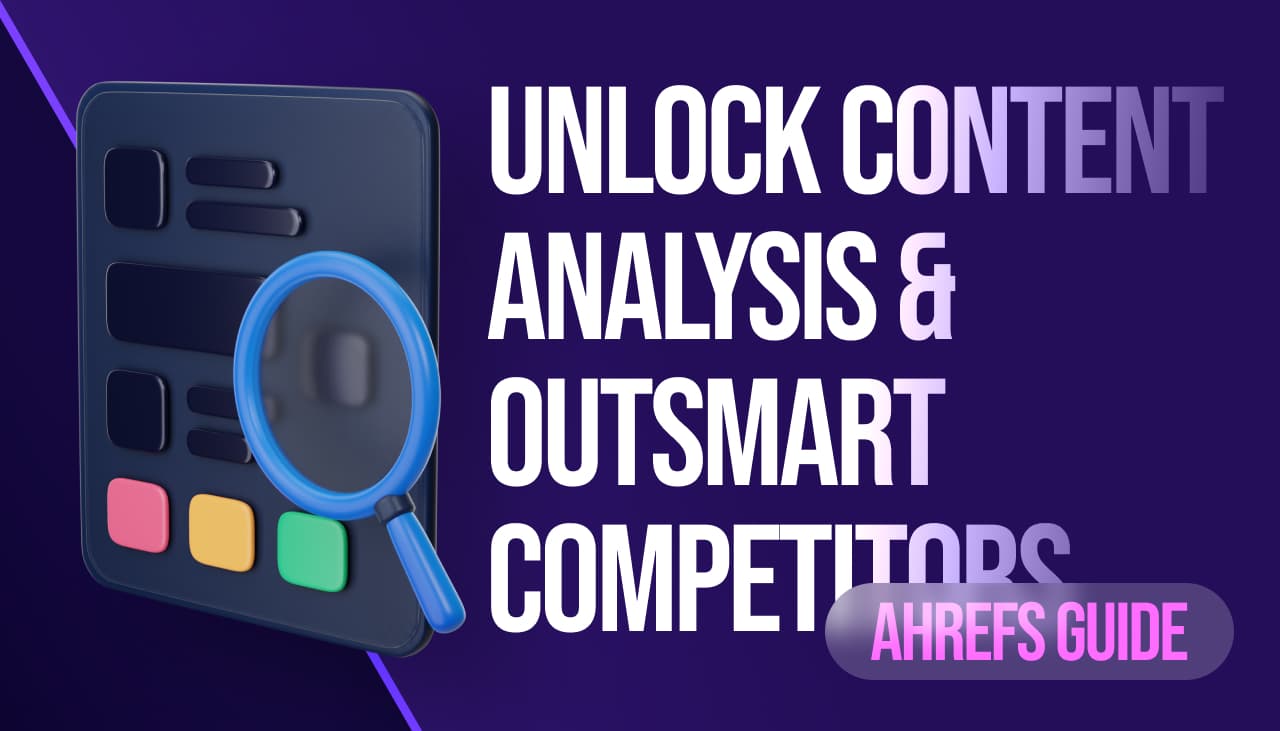
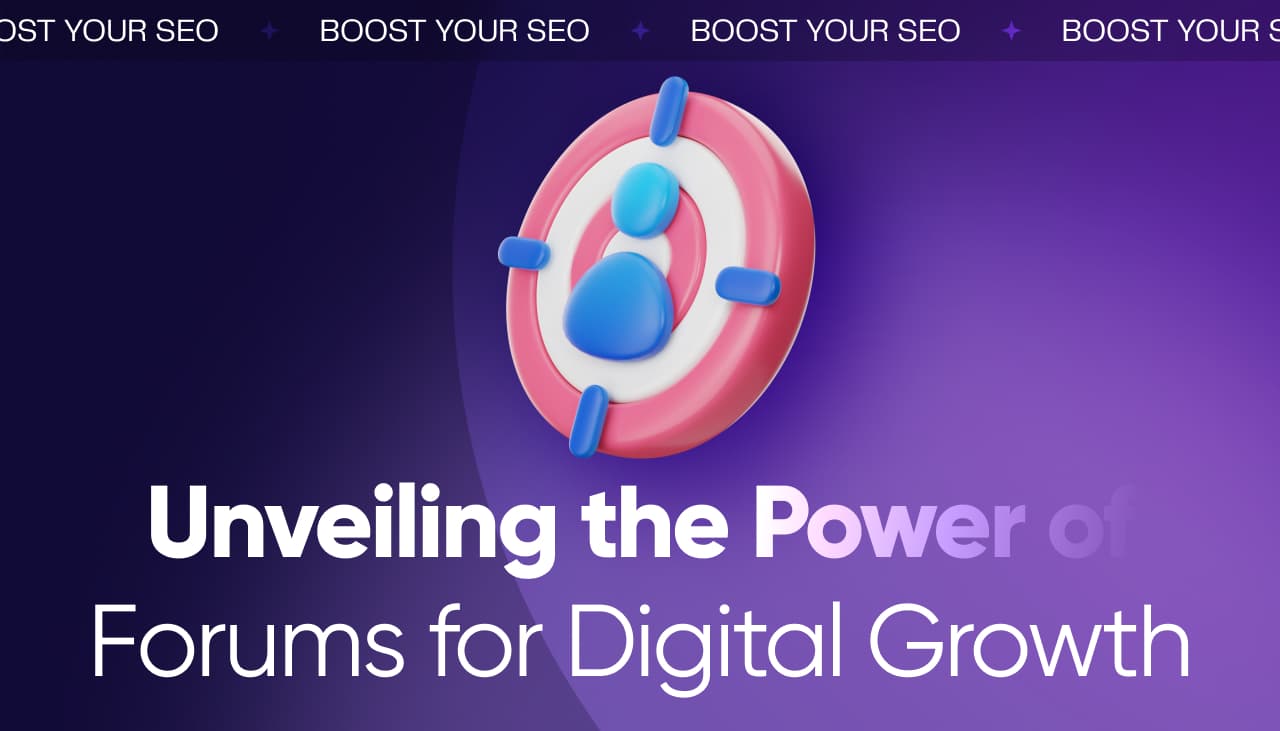
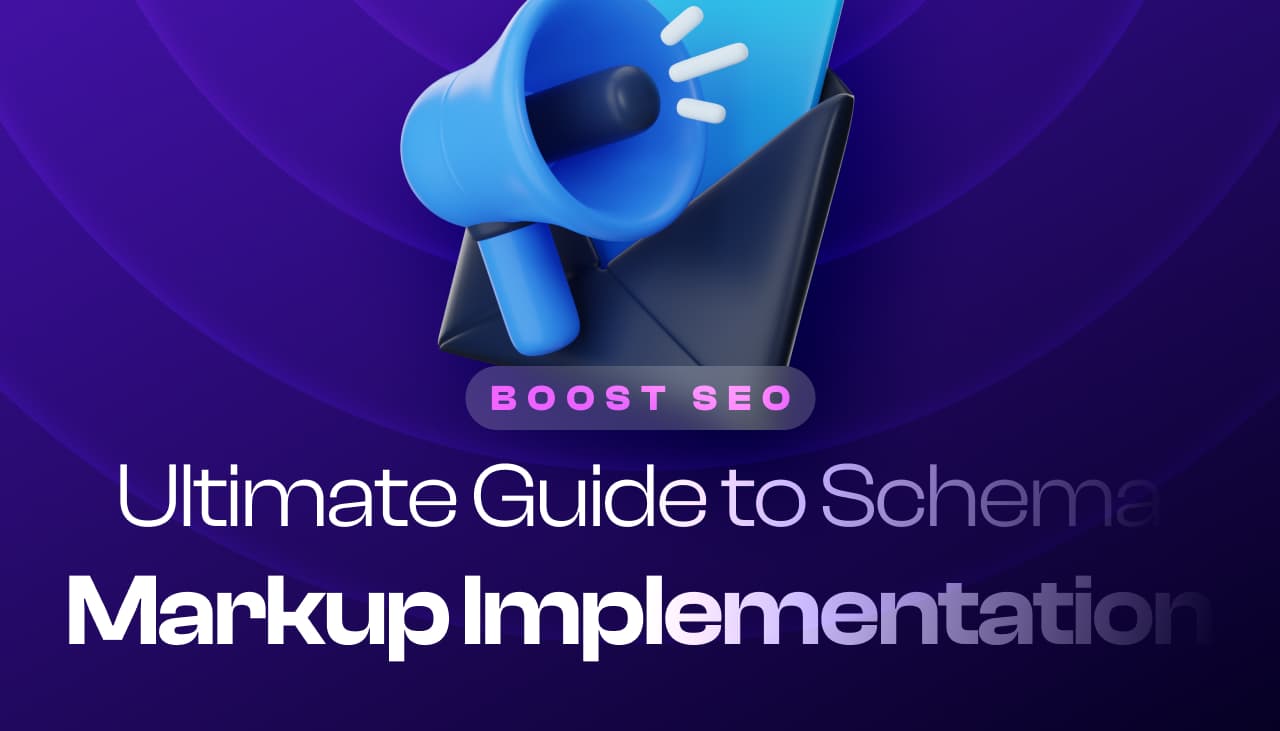
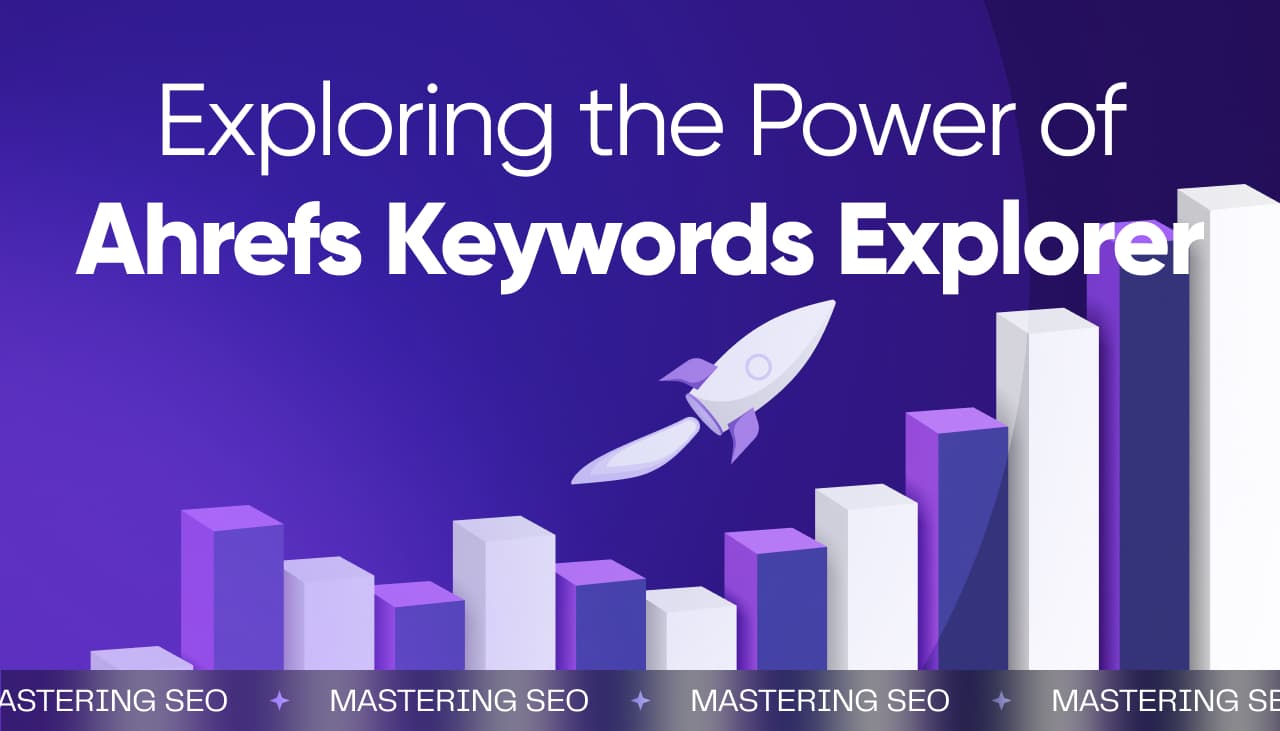
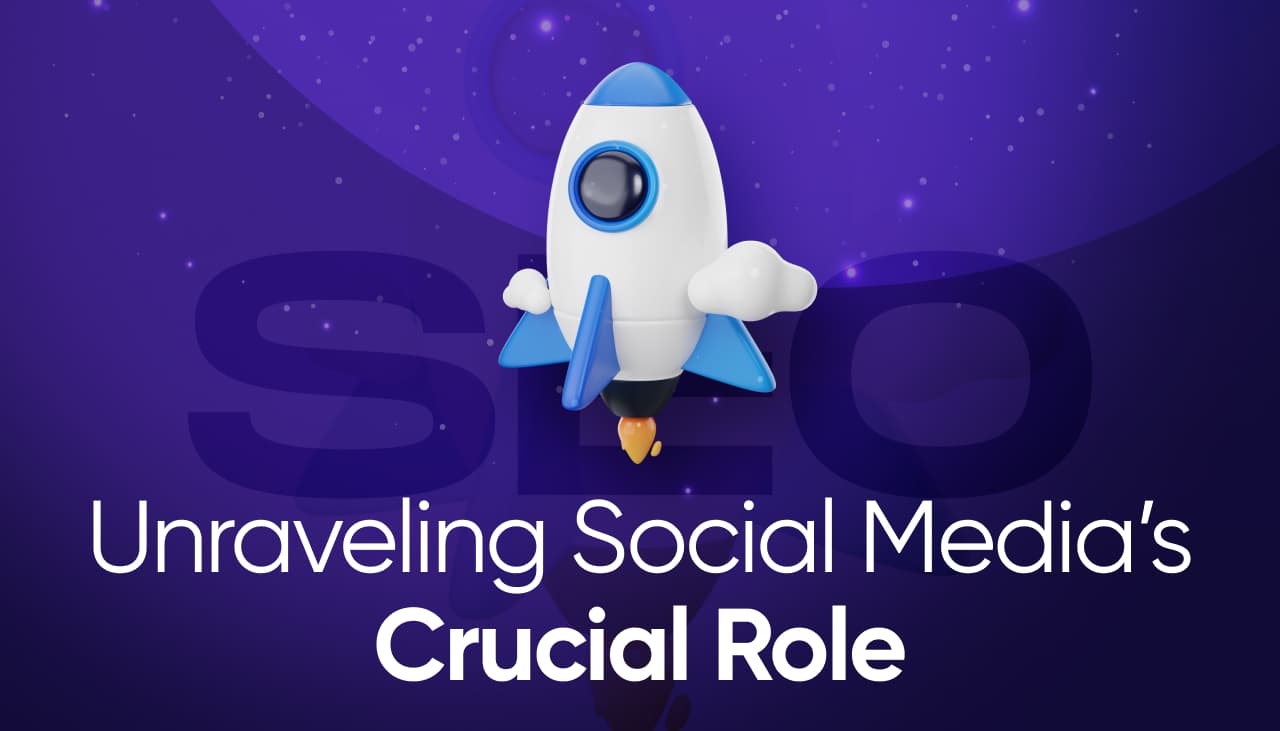
Responses (0 )